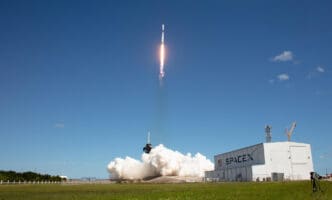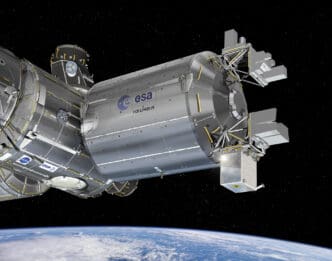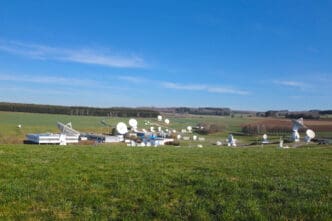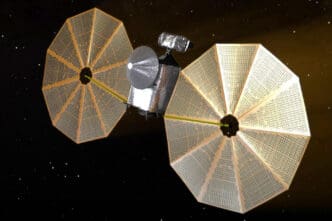NASA’s Science Mission Directorate (SMD) is actively driving technological advancements essential for groundbreaking scientific exploration. Within each of its divisions—Astrophysics, Biological and Physical Sciences, Earth Science, Heliophysics, and Planetary Science—new technologies are consistently developed to support science missions. These divisions frequently achieve technological innovation through sponsored development or mission programs, making significant contributions to NASA’s overall research capabilities.
The Science Mission Directorate’s ability to accomplish revolutionary science frequently relies on significant technological innovation. This innovation includes the development of new instruments and cutting-edge capabilities specifically crafted to meet mission goals. Collaboration between divisions and coordination with other NASA directorates, government entities, industry, and academic institutions ensures the necessary technological resources are available for NASA’s ambitious missions.
Recent highlights include the successful deployment of a NASA-supported science antenna, now operational in low-Earth orbit aboard MuSat2. This development underscores NASA’s commitment to enhancing Earth Science capabilities.
Moreover, NASA has completed airborne testing for a new instrument designed to study snowpacks. This instrument aims to address the impact of summer heat on snowmelt in mountainous regions, providing crucial data for environmental studies.
Innovation extends to space exploration technologies, with the development of full-shell X-ray optics at NASA’s Marshall Space Flight Center. These optics aim to unlock the hidden universe by studying X-ray emissions from astronomical objects.
To further expand earth science endeavors, NASA is fostering partnerships between commercial data product developers and the science community. These collaborations seek to enhance the processing of both archived and real-time satellite data. Such initiatives demonstrate NASA’s leadership in leveraging technology to solve complex environmental challenges.
NASA’s focused efforts in technological advancement across various scientific domains underscore its role as a leader in space exploration and research. Through innovative collaborations and targeted technology developments, NASA continues to pave the way for future scientific achievements, ensuring that current and upcoming missions are equipped to meet the demands of groundbreaking exploration.
Source: Science.Nasa






